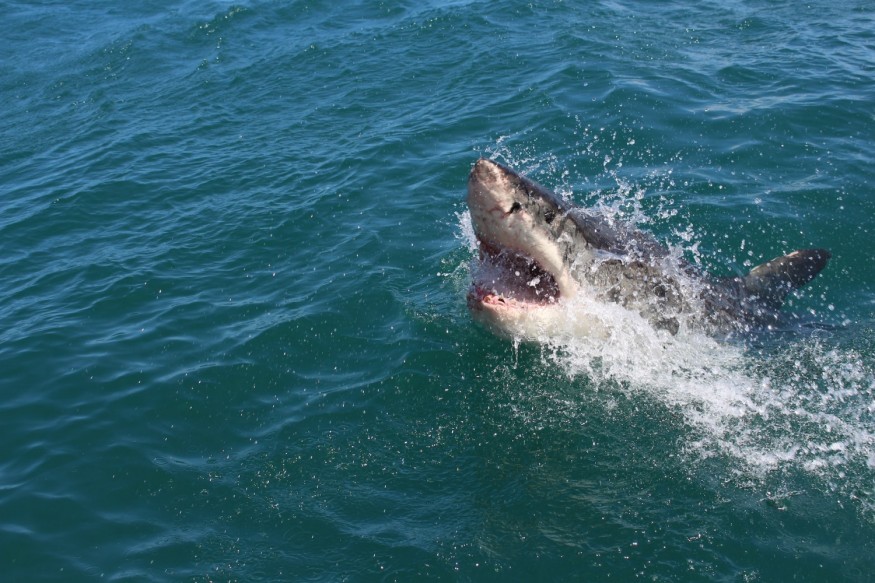Thanks to years of effective fisheries management and conservation efforts, the future looks better for some tuna and billfish species, including southern bluefin tuna, black marlins, and swordfish, after decades of population decrease.
However, a new study indicates that certain sharks that reside in the open ocean habitats of these species still face threats.

Recovering Population
In tuna and billfish fisheries, these sharks, especially oceanic whitetips and porbeagles are frequently accidentally landed. Additionally, these species' odds of extinction are increasing due to a lack of committed management, according to a study published in Science on November 11.
Over seven decades, the research assesses the likelihood of extinction for 18 species of big ocean fish. According to Colin Simpfendorfer, a marine scientist at James Cook University in Australia who was not engaged in this research, it offers "a vision of the wide ocean that we have not had before."
The majority of this data was previously only accessible to certain species. Still, the synthesis of all the data gives a considerably more comprehensive view of the state of this significant ecosystem, according to the author.
According to Maria José Juan-Jordá, a fisheries ecologist at the Spanish Institute of Oceanography in Madrid, recent large-scale evaluations of global biodiversity have shown decreases in species and ecosystems worldwide. However, we know little about these trends in the seas.
Continuing to Struggle

Juan-Jordá and her coworkers turned to the Red List of the International Union for Conservation of Nature, which assesses changes in a species' risk of extinction, to fill this gap. The Red List Index evaluates a whole group of species risk of extinction. The team concentrated on tunas, billfish, and sharks-large predatory fish with significant ecological impact in open ocean settings.
Assessments of the Red List Index take place every four to ten years. The Red List criteria were expanded upon in the new study to create a method of tracking extinction risk continuously over time as opposed to just within IUCN intervals.
To do this, Juan-Jordá and her coworkers compiled information on fish stock assessments for seven tuna species, including the vulnerable bigeye and endangered southern bluefin, six billfish species, including the black marlin and sailfish, and five shark species. They also looked at changes in population biomass and abundance. The group integrated the data to determine trends in extinction risk for these 18 species between 1950 and 2019.
The research team discovered that the extinction risk for tunas and billfish grew throughout the second half of the 20th century before declining in the 1990s and 2010s, respectively. These changes are related to concurrent decreases in fishing-related fatalities for these species known to have occurred.
For billfish and tunas, the results are promising, according to Simpfendorfer. However, the researchers found three of the seven tuna species and three of the six billfish species are still regarded as near threatened, vulnerable, or endangered. The time for complacency in managing these species, according to Simpfendorfer, is not now.
Why are Sharks Struggling?
But shark species are struggling in these regions where tuna and billfish are fished, and sharks are frequently taken as bycatch.
According to Juan-Jordá, "shark numbers continue to drop; thus, the risk of extinction has continued to climb," even though we are managing the economically significant, lucrative target species like tunas and billfishes more responsibly.
The issue of sharks that are accidentally captured may be resolved, according to Juan-Jordá, by setting catch limits for select species and defining sustainability goals within tuna and billfish fisheries beyond simply the targeted species. And it's crucial to determine whether the actions made to lessen shark bycatch deaths are indeed helpful, according to her.
Organizations in charge of their management must move swiftly before it is too late, according to Simpfendorfer. "There is an obvious need for a major improvement in shark-focused management," he adds.
For more animal news, don't forget to follow Nature World News!
© 2025 NatureWorldNews.com All rights reserved. Do not reproduce without permission.





